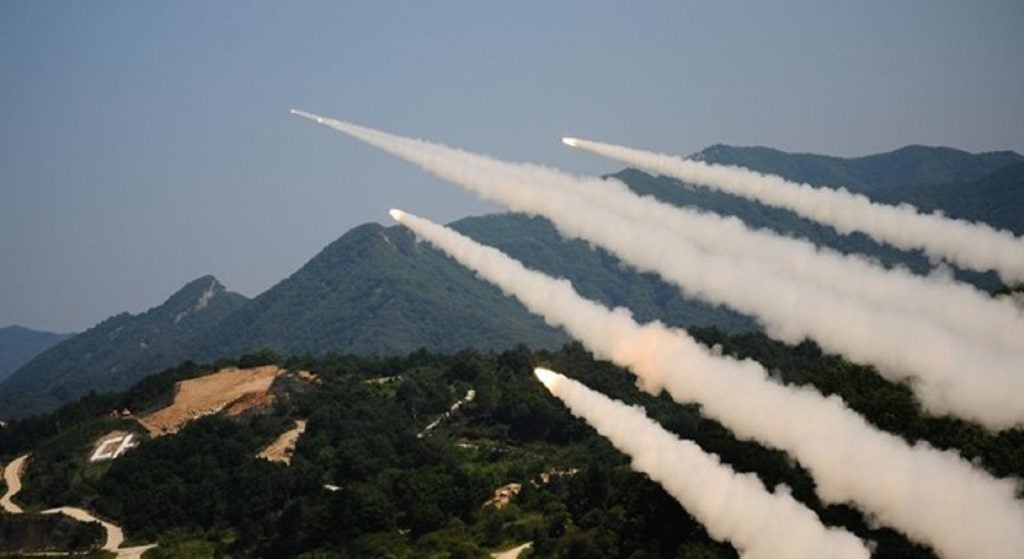The American defence prime Lockheed Martin has demonstrated proof-of-concept for missile communication that allows operators to respond to target relocation with in-flight updates.
During a recent test, the company’s Remote Interceptor Guidance – 360 (RIG-360) uplinker prototype provided target updates to a data link being evaluated for experimental use on MLRS Family of Munitions (MFOM).
Integrating the MFOM and RIG-360 would enable long-range precision fires to receive in-flight target updates to accurately engage relocated or mobile targets.
The RIG-360 prototype is an internally funded development activity to demonstrate emerging capabilities. The contractor designed the communication technology to leverage target data from several sensors and offer a 360-degree engagement capability to an interceptor.
This technology makes the US Army’s Joint Fires programme more agile in responding to adversarial missile threats. This capability is an evolving concept that will join a network of advanced sensors, radars and command, control, battle management, and communication components that all provide target detection, tracking and discrimination of countermeasures to assist the interceptor missile in placing itself in the path of the hostile missile, destroying with hit-to-kill technology.
In November 2022, Lockheed Martin has used the RIG-360 system to uplink to an in-flight Patriot Advanced Capability – 3 (PAC-3) missile to intercept a cruise target.
As the missile defence market grows – at a compound annual growth rate of 4.3% over the next decade, according to GlobalData intelligence – agile interceptors will a highly prized sector with advancements in hypersonics for example.
In May 2023, US Air Force General Glen D. Van Herck testified before a Senate Armed Services Committee on Strategic Forces hearing regarding the FY2024 defence authorisation request, noting the significance of these missile advancements.
“Hypersonic weapons are extremely difficult to detect and counter given the weapons’ speed and maneuverability, low flight paths and unpredictable trajectories.”
Hypersonic weapons challenge NORAD's ability to provide threat warning and attack assessments for Canada and the United States.
“I believe the greatest risk for the United States stems from our inability to change at the pace required by the changing strategic environment.”
A Joint Fires flight test is planned for 2024 to validate in-flight target update capabilities.









